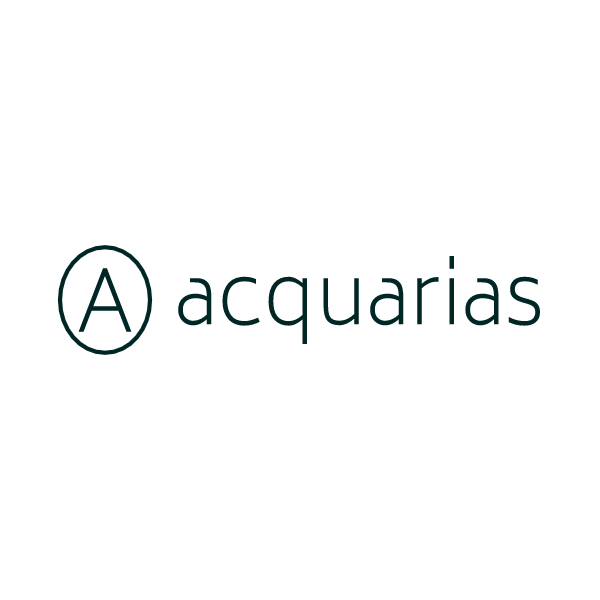1. What is OEM processing in the context of air water generators?
/OEM, or Original Equipment Manufacturing, is a term that refers to companies that produce equipment or components that are then purchased by another company and retailed under the purchasing company's brand name. OEM refers to the company that initially manufactures the product, which is then bought by another company to sell under its own brand. The relationship is mutually beneficial, as the OEM gets to sell its products, and the purchasing company gets to sell a product without having to invest in its development or manufacturing.
In the context of air water generators, OEM processing refers to the manufacturing of these machines by a company (the OEM), which are then purchased by another company. This purchasing company may be a brand that specializes in home appliances, emergency preparedness equipment, or commercial machinery, among other possibilities. They buy the air water generators from the OEM, then sell them to their customers under their own brand name.
Air water generators are devices that extract water from humid ambient air. They work by cooling the air and condensing the water vapor present in it. This condensed water is then collected, filtered, and made available for use. They are used in a wide range of applications, from providing drinking water in arid regions to supplying water for irrigation or industrial uses.
The OEM process for air water generators involves several stages:
Design and Development: The OEM will design and develop an air water generator that meets certain specifications. These may be general specifications intended to suit the needs of a wide range of potential buyers, or they might be specific to the needs of a particular buyer. The design process involves not just the physical design of the generator, but also its technical design - how it will work, what technologies it will use to extract water from the air, etc.
Prototyping: Once the design is complete, the OEM will produce a prototype of the air water generator. This is a preliminary version of the final product, used for testing and evaluation. The prototype allows the OEM to check that the generator works as intended and to identify any potential issues or improvements.
Production: After any necessary revisions to the design have been made, the OEM will begin production of the air water generators. This involves sourcing the necessary materials and components, assembling the generators, and testing each unit to ensure it works correctly.
Branding and Packaging: The air water generators are then branded and packaged according to the purchasing company's specifications. This might involve applying the company's logo, using specific packaging materials, including user manuals or other documentation, etc.
Delivery: Finally, the OEM delivers the air water generators to the purchasing company, who will then distribute and sell them to their customers.
The OEM processing of air water generators offers several advantages. For the purchasing company, it allows them to offer a product without having to develop or manufacture it themselves. They can benefit from the OEM's expertise and experience, while focusing their own efforts on marketing and selling the product. For the OEM, it provides a reliable source of income and allows them to focus on what they do best - manufacturing high-quality air water generators.
However, there are also challenges involved in OEM processing. It requires a high level of coordination and communication between the OEM and the purchasing company to ensure that the product meets the latter's needs. There may also be issues around quality control, intellectual property, and liability to consider.
Despite these challenges, OEM processing is a common and valuable part of the manufacturing industry, including the production of air water generators. It allows companies to leverage each other's strengths, leading to a wider range of products being available to consumers.

